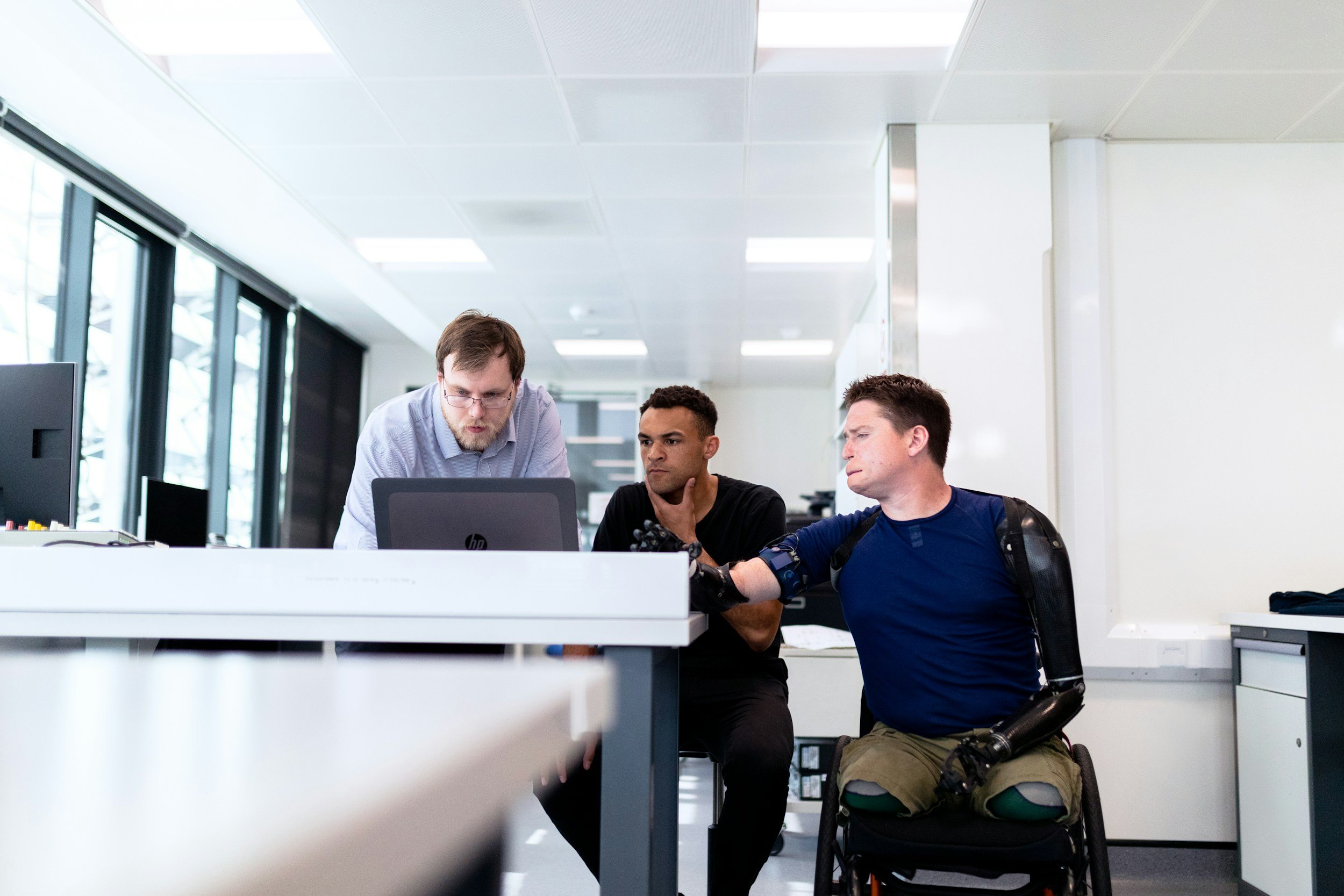
Case Studies
With rapid inorganic growth through acquisitions, a national packaging company was starting to experience the effects of infrastructure limitations, rising cybersecurity risks, and a lack of cohesive IT strategy. To address these challenges, the executive team commissioned a cybersecurity and infrastructure analysis, which revealed critical gaps in security, governance, and scalability capabilities.
A leading university undertook a major transformation of one of its faculty buildings. Several departments were relocating to the building, while existing departments within that building were reorganized internally to accommodate the incoming teams.
The CEO of a regional packaging company was facing slower-than-expected revenue growth, with customer churn emerging as a key contributor. Leadership lacked a clear, data-backed understanding of what truly drove customer loyalty and how their products and services impacted customer’s daily operations.
A private equity-backed elevator servicing company operating across multiple states was experiencing rapid growth through both organic expansion and strategic acquisitions.
A large professional services firm recently implemented a new enterprise resource planning (ERP) system. This transition was met with business resistance due to missing capabilities from the business’s existing ERP.
With a workforce of over 5,000 employees and a legacy of delivering complex projects across multiple sectors, the construction firm was experiencing rapid growth. Recognizing the need to align its organizational structure and people processes with its expanding operations, the firm sought guidance on developing a scalable enterprise architecture to sustain its growth without compromising its standards of excellence.
Due to unexpected turnover, the county’s technology department faced challenges in leadership stability, organizational structure, and operational efficiency. The county engaged Stonehill to provide Interim Chief Information Officer (CIO) services and oversee a strategic overhaul of the department’s structure and processes.
Hurricane Ian, one of the largest hurricanes to ever hit Florida, struck the southeast coast with Category 4 force, bringing winds exceeding 150 miles per hour and devastating storm surges of 10-15 feet. The impact was catastrophic, displacing residents, causing extensive damage, and leaving many areas without cell reception or Wi-Fi infrastructure. In response to the crisis, the Chief Information Officer of Florida reached out to Stonehill for assistance in the recovery efforts.
The Vice President of People and Transformation at a global gaming company was looking to complete a rehaul of the company’s organizational design. The company was struggling to standardize the organization due to the variation of job roles across the global organization. Each region of the world was operating with their own undocumented variations of roles and responsibilities, job titles, standard direct reports, and career progression paths. This created the need for organizational design and optimization.
The Chief Financial Officer of a large professional services firm was facing a challenge. The organization had recently implemented a new enterprise resource planning system that caused a lapse in billing, creating a backlog, and highlighting the gaps in processes. This sparked the immediate need for financial transformation and optimization.
A national food distribution company had just completed six acquisitions and sought to unify the brands. They approached Stonehill for assistance and requested that it help with developing and implementing a post-merger strategy. Stonehill accepted the challenge and prescribed an engagement that included the development of a growth strategy and the development of a Project Management Office (PMO) to ensure ease of integration and the successful implementation of this strategy.
A major food manufacturer had just agreed to acquire two iconic brands. The brands are so well regarded that over 70% of middle-class consumers had consumed the brand at some point in their life. The company knew that it needed help to successfully navigate the acquisition and the activities necessary to integrate the acquisition into its portfolio of products. The company asked Stonehill to lead the effort.
The Chief Information Officer of one of the most populated states in the US was facing a challenge. He was entrusted with creating transformational change, but he felt that the organization had lost its way. Prior to his tenure, the state’s technology agency had become very bureaucratic and almost restrictive in nature.
The beginning of 2021 was a strange time for everyone across the world. The entire planet was on its ninth month of lockdown because of the COVID-19 pandemic. Many lives had been lost and the economy was in turmoil. In January it was announced that multiple vaccines would be approved in the next few weeks and that they would be supplied to individual states for mass deployment. There was no playbook for vaccinating millions of people within a few months.
A 25 year old hospitality software firm was experiencing a period of flat sales and revenue growth. The CEO of the organization had made the decision that market conditions were right for growth, but that the firm needed a partner to assist with strategy design and execution. After meeting with Stonehill they were excited about the possibilities of using design thinking and design sprints to execute on this vision.
A leading historically black public university was working on their enrollment forecast for the next 10 years. This projection was based on simple demographic information as millennials were having less children than generation x. The provost of the university needed ideas for how to diversify the schools revenue and wanted to investigate using design thinking to engage her staff and continue on their mission of empowering a diverse population of students to reach their potential by providing innovative academic programs and transformational experience.
A leading industrial products organization had grown dramatically over the last several years and was starting to forecast a slowing growth curve with decreasing margins. Having been founded in 1955 traded on the NYSE, and being a constituent of the S&P 500 index they had an established culture with well known processes. Their leadership was curious if design thinking could help an organization with over 25,000 continue their growth by becoming more aligned, engages, and accountable.
A leading agricultural products company was experiencing a decrease in employee and customer satisfaction. The executive management of the organization forecasted that if they did not reverse these trends, their revenue would soon be in decline. They approached Stonehill with the hope of utilizing Design Thinking to engineer a revised organizational experience that would drive increased revenue.
The largest Clinically Integrated Healthcare Network (CIN) in Florida was growing rapidly and trying to ensure it was delivering on its mission of providing cost effective care. As the organization grew, its operating procedures had become ineffective and it was faced with potential deficits within their value based care contracts. The Chief Medical Officer was interested to see if design thinking could solve their issue.
The traditional human resources (HR) function has undergone one of the most transformative periods seen in decades. As the world now operates as a “global” economy, organizations must adapt their approach to meet changing demands such as: global people management, cultural uniqueness, systemization and the financial investments made in human capital and the return yielded on a per position basis.
A multi-regional bank was looking to increase its commercial banking opportunities across several designated markets. They needed to differentiate their brand away from being just another community bank. The CMO wanted to ensure they included the perspective of the bank’s customer in developing the strategy and looked to find a leader in design thinking that had deep change management experience.
A nationwide moving and storage company requested the assistance of Stonehill to increase their customer satisfaction scores. The scores from their proprietary surveys were good averaging 4.5 out of 5.0, but the client desired scores of 4.75 or greater.






















